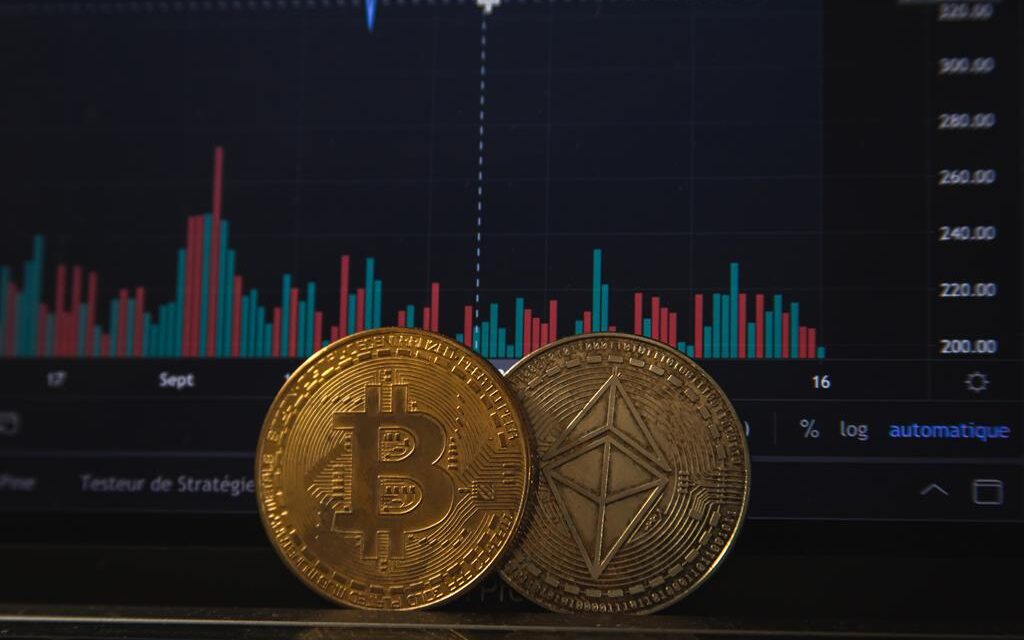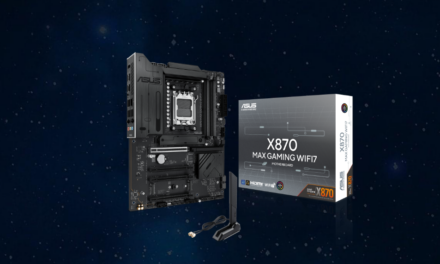
Crypto vs. Fiat: The Clash of Titans in Monetary Evolution

In the ever-evolving landscape of the financial world, a monumental clash of titans is underway – Crypto vs. Fiat. As cryptocurrencies gain traction and mainstream attention, traditional fiat currencies find themselves facing unprecedented challenges. This article delves into the fascinating dynamics of this ongoing battle, exploring the strengths and weaknesses of both Crypto and Fiat as they vie for dominance in the monetary realm.
The Emergence of Cryptocurrencies and the Rise of Online Platforms
In recent years, cryptocurrencies have emerged as a disruptive force, challenging the conventional financial system. One platform that has played a pivotal role in this revolution is https://immediate-alpha.org/, an online trading platform. With its user-friendly interface and cutting-edge technology, the platform has made it easier for investors to enter the crypto market, fueling the growth of the digital asset class. As more people explore the potential of cryptocurrencies through platforms, the clash between Crypto and Fiat becomes increasingly pronounced.
Fiat: A Long-Standing Pillar of the Global Economy
Fiat currencies have been the bedrock of the global economy for centuries. Governments issue these currencies, and they derive their value from trust and confidence in the issuing authorities. The stability of fiat currencies has often been the foundation of economic growth and development. However, their susceptibility to inflation, centralization, and government control has made them vulnerable to certain economic challenges.
Crypto: The Decentralized Revolutionary
In contrast, cryptocurrencies such as Bitcoin, Ethereum, and many others, operate on decentralized blockchain technology, rendering them independent of any government or central authority. This decentralization is a key feature that attracts advocates of digital currencies, as it fosters transparency, security, and financial autonomy. Moreover, the limited supply of certain cryptocurrencies, like Bitcoin, introduces a deflationary aspect, which can act as a hedge against traditional economic turbulence.
Transaction Speed and Accessibility
One area where cryptocurrencies have a clear advantage over fiat currencies is in transaction speed and accessibility. Crypto transactions can occur within minutes or even seconds, irrespective of borders, making them ideal for the fast-paced digital world. Traditional fiat transactions, on the other hand, often involve intermediaries like banks, which can lead to delays and additional costs.
Volatility vs. Stability
One of the main challenges that cryptocurrencies face in gaining widespread adoption is their notorious price volatility. The value of cryptocurrencies can experience wild fluctuations, making them a risky investment for some. In contrast, fiat currencies, especially those of stable economies, tend to be more predictable and offer a sense of security to investors and businesses alike.
Regulation and Legality
Fiat currencies benefit from established legal frameworks and governmental support, providing a sense of stability and trust in their use. Cryptocurrencies, on the other hand, have faced a varied regulatory landscape globally, with some countries embracing and regulating them, while others have imposed strict restrictions or outright bans. This regulatory uncertainty can hinder the mass adoption of cryptocurrencies in certain regions.
Financial Inclusion and Decentralization
Cryptocurrencies have the potential to bring financial services to the unbanked and underbanked populations worldwide, opening up new opportunities for financial inclusion. By utilizing blockchain technology, Crypto platforms can offer banking services without the need for traditional intermediaries, making it accessible to a broader range of individuals.
Environmental Concerns
One contentious aspect of cryptocurrencies is their environmental impact, particularly in the case of energy-intensive mining processes. As the world becomes more environmentally conscious, the carbon footprint associated with cryptocurrencies becomes a significant point of contention. Fiat currencies, although not immune to environmental criticisms, do not face the same level of scrutiny in this regard.
The Path Ahead: Collaboration or Competition?
As the Crypto vs. Fiat clash continues, it becomes evident that the future of finance might not be an either/or scenario. Some proponents argue that cryptocurrencies and fiat currencies can coexist, each complementing the strengths of the other. For instance, certain countries are exploring the concept of central bank digital currencies (CBDCs), which incorporate elements of cryptocurrencies while remaining under government regulation and control.
Conclusion
In conclusion, the clash between Crypto and Fiat currencies represents a monumental shift in the monetary landscape. While both have their respective strengths and weaknesses, it is crucial to recognize that they serve different purposes and can potentially coexist in the future financial ecosystem. As technology advances and global perspectives continue to evolve, the dynamics of this clash are sure to keep unfolding, shaping the future of money and finance.


























